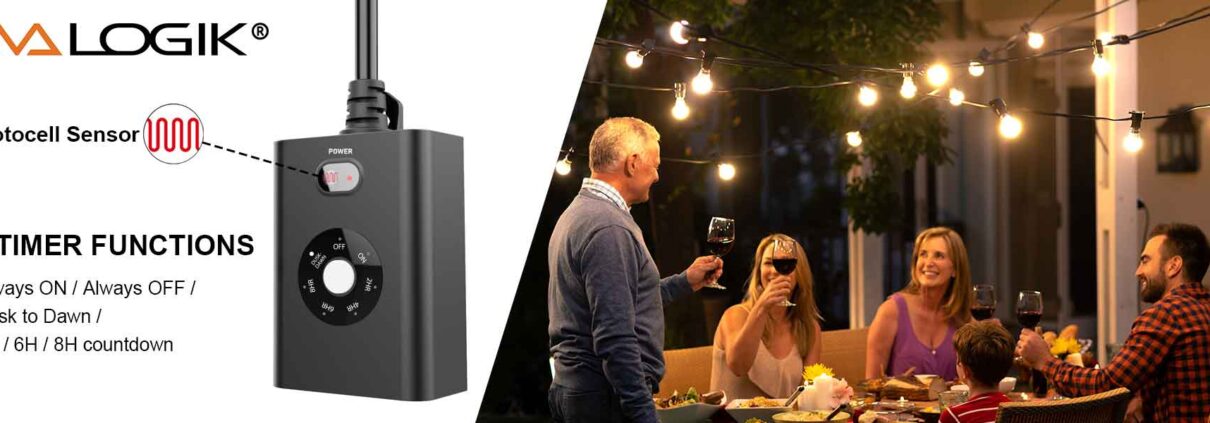65% of US Households Still Do Not Have Smart Home Devices
Is the smart home market saturated? Not really.
65% of U.S. family still do not have smart home device
According to the “Home Automation Ownership and Usage Report” released by NPD Group, still only 35% of consumers say they have at least one smart home devices. This means that there is still a big vacancy in the smart home market.
NPD defines smart home devices as security cameras, baby monitors, smart lighting, system controllers, smart locks, smart doorbells, smart garage door openers, smart power supplies, smart sensors, item trackers, and home automation kits and product combinations.
The report found that smart home ownership rates vary greatly depending on the type of smart device. Security cameras are currently the most popular smart home devices, and 15% of consumers already have them.
Similarly, smart doorbells (also used for surveillance and security purposes) are driving the largest absolute unit sales change, with an increase of 1.82 million units or 64% year-on-year.
In contrast, categories other than security attract fewer consumers. For example, the sales volume growth rate of devices such as smart bulbs and power supplies (which consumers tend to use as convenient and easy-to-buy products) is relatively low.
High-income households are more likely to be smart home users
There is still a huge income gap between consumers with smart home devices and consumers without smart home devices. In fact, the adoption rate of smart homes in high-income households is twice that of low-income households. In addition, households with an annual income of more than $150,000 are more likely to have a broader portfolio of equipment types. However, these high-income families only account for 15% of the representative population of the United States.
However, the report pointed out that the cost of smart home equipment is not necessarily the only factor, or even the main factor, that determines the purchase decision. This fact can prove that consumers of all income levels tend to use safety when they start smart home collection. Camera.



